Many people are afraid of the flash. At the same time, driving two or three lights, or even five lights, is really difficult. But if it is just a light, the problem is much simpler. What's more, even if one person has one light, he can play a lot more. Then the author will show you a photo of the master who grew up, simple but not simple.
First, the common lighting method.The lighting of a lamp is simple and the patterns are not many. If your needs merely illuminate people, the problem is much simpler. First look at the light example:
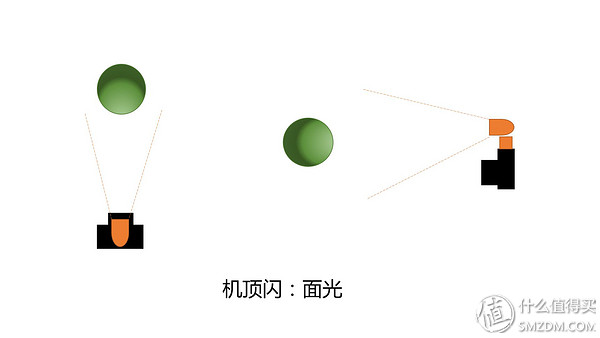
This overhead flashing should be the most common way for beginners to use a light, but it is actually the most ugly use of the effect. The direct flash is a direct flash, not only the facial contours, but also very obvious oil, eyes sluggish (eyes in the middle of the eye). Too ugly, strongly not recommended. Therefore, even if there is only one light, it can not be on the top of the machine, and it should be used to leave the machine to flash.
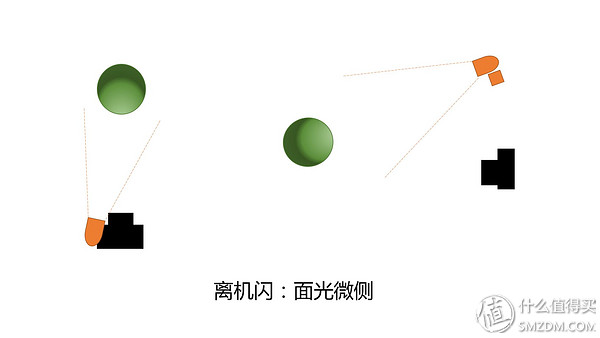
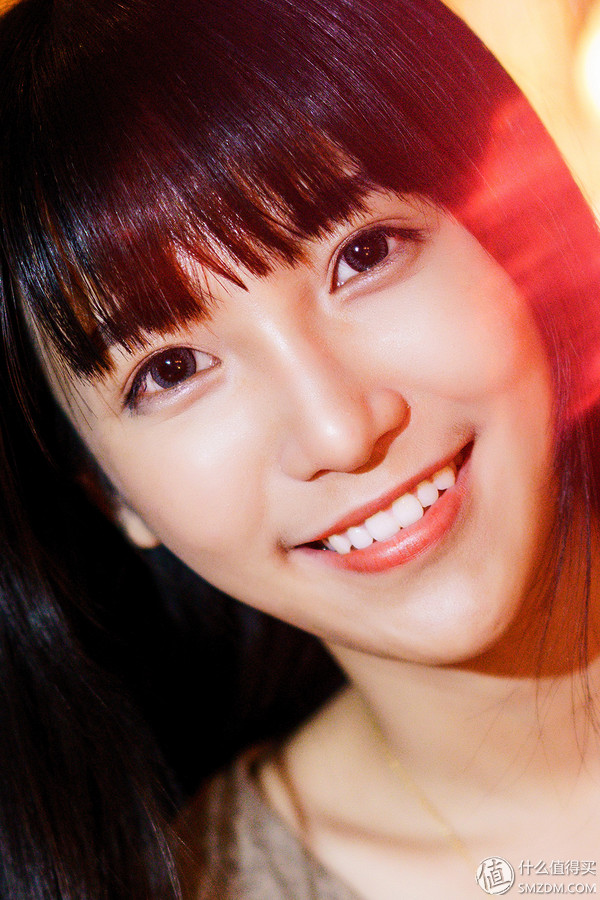
A7R2+FE85 1.4G 1/250S F1.4 ISO 1600
Once the flash is off the camera, slightly changing the angle of incidence, even if it is only a little, the whole situation is not the same. In addition to being able to brighten the face very well, it can also slightly sketch a little facial shadow. The shadow of the nose in this picture is located under the nose, and a thin outline shadow is also drawn on both sides of the face.


ILCE-7S + FE55mm F1.8 ZA 1/100s F2 ISO640
This kind of sidelight can not only brighten the face, but it has a small amount of shadow area to outline the facial features. In addition, the light of the eyes on the side of the eyeballs will look gorgeous.
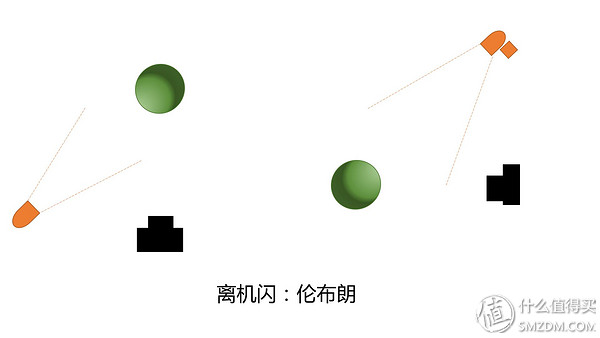
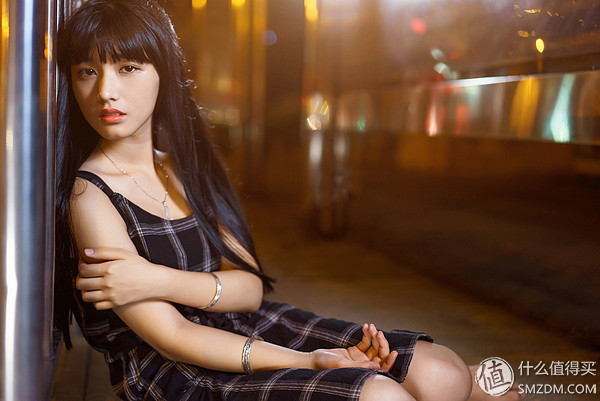
ILCE-7S + FE55mm F1.8 ZA 1/100S F2.0 ISO 1000
The beauty of the flash is here, and even if you just adjust a little light, it will bring a completely different visual experience. The so-called Rembrandt is a light trick to leave a triangular high-light area under one eye. Compared to the previous lighting, the area of ​​Lenbron's shadow is bigger and more distinct. The lighting technique is just a little more open than the angle of the side light. The position of the flash is a bit higher, and it is a bit more biased.
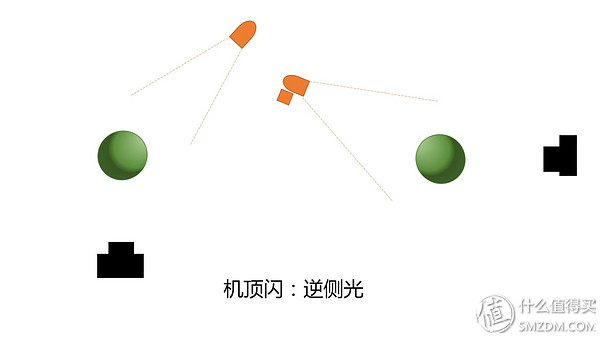
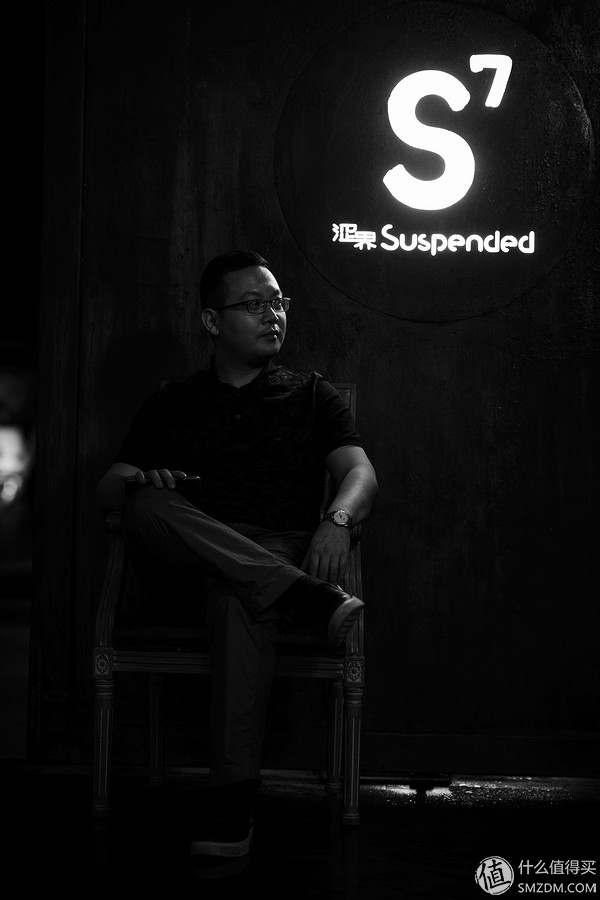
ILCE-7RM2 + FE85mm F1.4 GM 1/60S F2.2 ISO500
Compared with the light methods used by the previous high-light areas to occupy the main area, this kind of reverse sidelight is dominated by shadows, and high light is the main means to outline facial features.
The above are the four basic lightings that are commonly used. After mastering these basic functions, you can calmly arrange the position of the flash. But don't be proud, because it's just a flashlight entry.
Second, the choice of lamps.LED lights, hot shoes, outdoor lights, studio lights, these four lamps can choose any one, you are accustomed to use which are OK. Having said that, the difference between these four lamps is still quite large.
In terms of ease of use, the LED lights are the simplest and most intuitive, and the brightness of the light and the highlights of the face are clear at a glance. Followed by outdoor lights and studio lights, there is modeling light can help. The hardest part is the hot shoe, purely based on experience and imagination.
So easy to use: LED lights> Studio lights> Outdoor lights> Hot shoe.
From the standpoint of portability, it is hot shoe> LED lamp> outdoor lamp> studio lamp.
In terms of output power, it is a studio lamp> an outdoor lamp> a hot shoe> an LED lamp.
Of course, the above rankings are merely general, and it is not ruled out that individual special lamps can break the convention. I have used all four lights, and the one I usually use is hot shoe. Because of being portable, this is what I value most. An independent shooting done by one person is very important.
Third, the focal length of the flash.Focal length setting. There is also a focal length setting on the flash, which is usually the camera's default focal length. If you use 24 focus, the flash sets 24 focal lengths by default. If you use 85 focus, the flash defaults to 85 degrees. In the flash, the main role of the focal length is to affect the concentration of light. The smaller the focal length, the more divergent the light; the larger the focal length, the more concentrated the light.

However, the actual shooting requirements are definitely not 24 fixed focal lengths matching 24 focal lengths, 85 focal length matching 85 focal lengths is so simple. It depends on the distance between the flash and the model, and the range you need to illuminate.
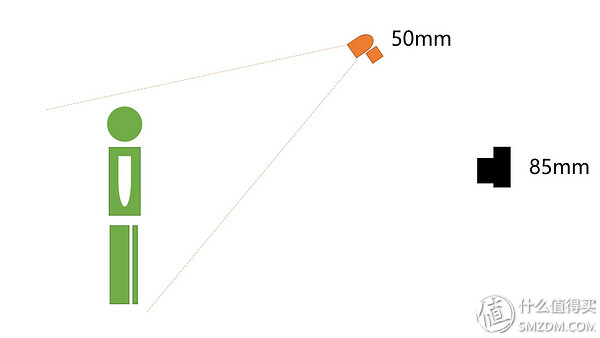
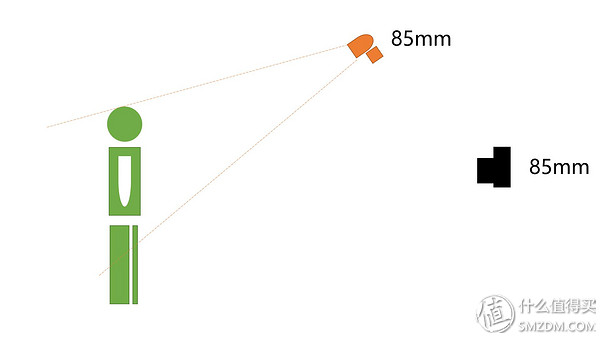
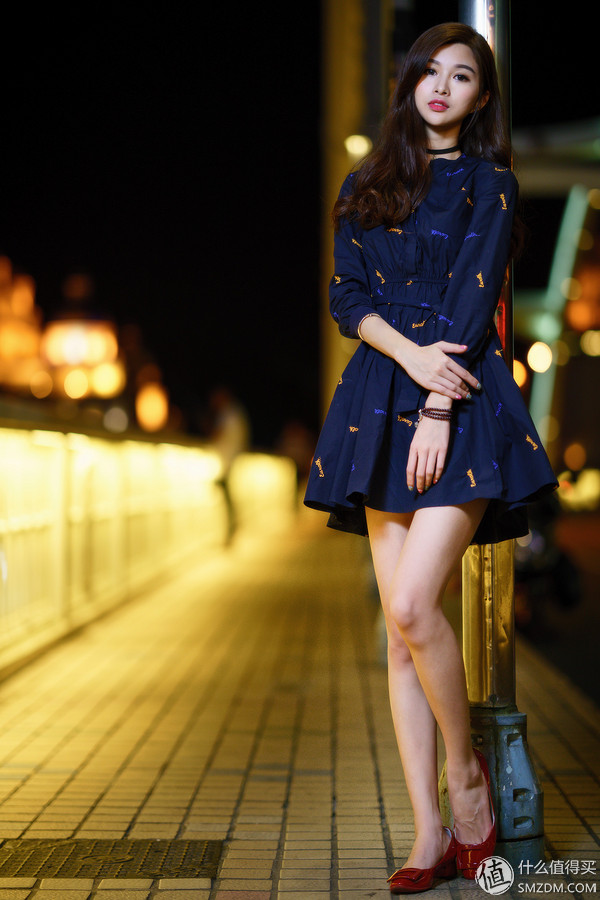
ILCE-7RM2 + FE85mm F1.4 GM 1/160S F1.4 ISO 400
Using this map as an example, the model is 1.72m, 85 full-focus. The position of the light is between the lens and the model. At this time, if the flash is 85mm, the incident angle is too narrow and the light cannot cover the entire body of the model. So I set 50mm, just to make the model slender. Therefore, the focal length of the flash is not set according to the lens, but depends on the range you want to illuminate when shooting.
Fourth, the flash exposure mode.Flash output power has 1/1, 1/8, 1/16, 1/32, 1/64, 1/128 scale, this does not mean the shutter speed, but the percentage of the maximum output power. For example, 1/1 refers to the full power output, and 1/8 refers to 1/8 of the power output.
Unlike the exposure principle of the camera, the shutter speed does not participate in the exposure. In the dark environment, when the aperture, ISO fixed, 1/250s and 1/60s, the resulting flash exposure is the same. This is because the flash of the flash is much faster than the shutter speed, which is about 1/1000s-1/10000s. However, in fact, we rarely take pictures in a dark environment, and there will be more or less ambient light around. Therefore, the shutter speed affects the ambient exposure. In the night shot, you want to be more exposed in the surrounding environment, ISO is lower, you can reduce the shutter speed to increase the exposure. For example, in order to ensure that the surrounding light spot is fully exposed, the ISO speed is reduced to 1000 using a shutter speed of 1/80s.
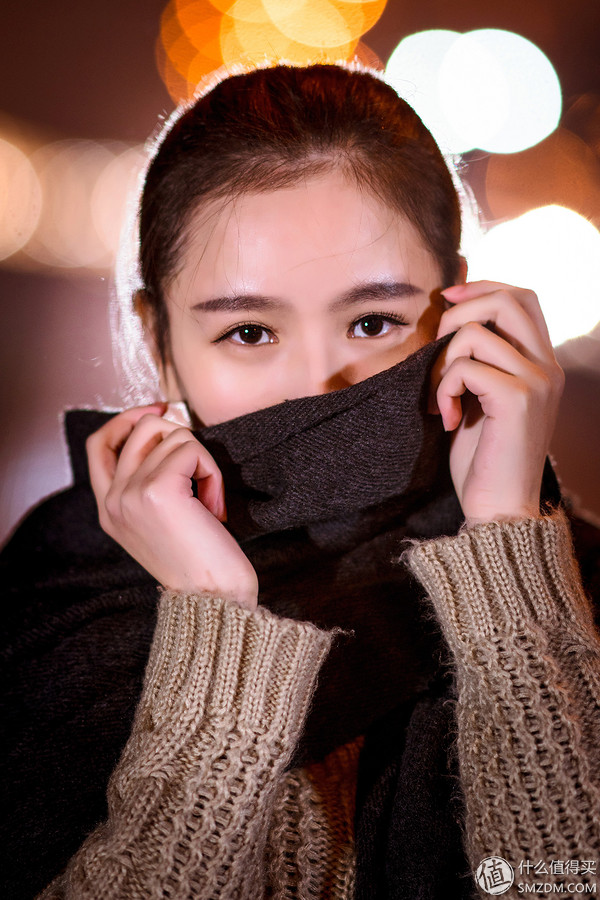
ILCE-7RM2 + LA-EA4+ 135mm F1.8 ZA 1/80S F2.0 ISO 1000
Fifth, the flash placement method.Lights, strong clamps are all good tools. However, unless I normally need to, I rarely carry a lighthouse because it is too heavy to handle. So strong clip is my best partner. Because I can search anywhere, anytime, anywhere according to the surrounding environment.
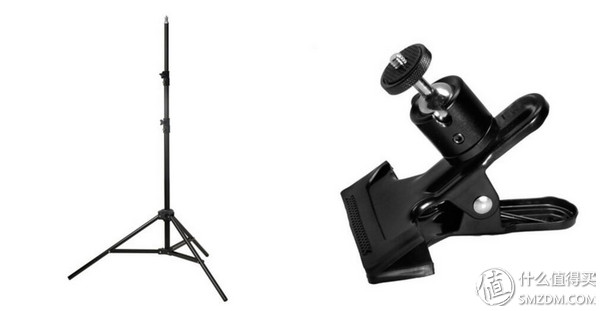
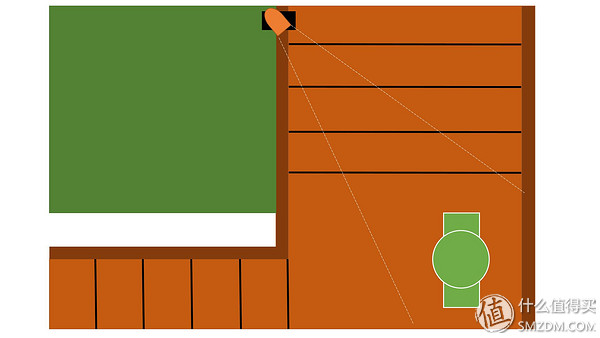
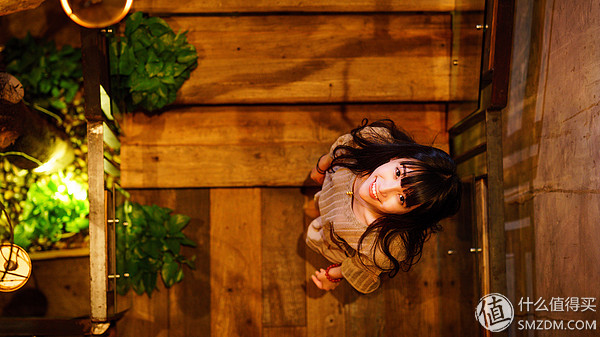
ILCE-7RM2 + FE85mm F1.4 GM 1/60S F2.5 ISO2000
Using the surrounding environment, use a clip to fix the flash to the stair railing to achieve the lighting.
Six, sunny flash DafaMany people mistakenly believe that the flash is exclusive at night, but it is not. On sunny days, the same flash can be used. Especially in the high light ratio environment, it is particularly suitable for flash light, such as backlighting. Use the flash light to instantly enhance the sharpness of your photos, and don't rely on assistants to help you lift reflectors. One can do it easily. If the flash angle and output are properly controlled, it can be used without any traces.
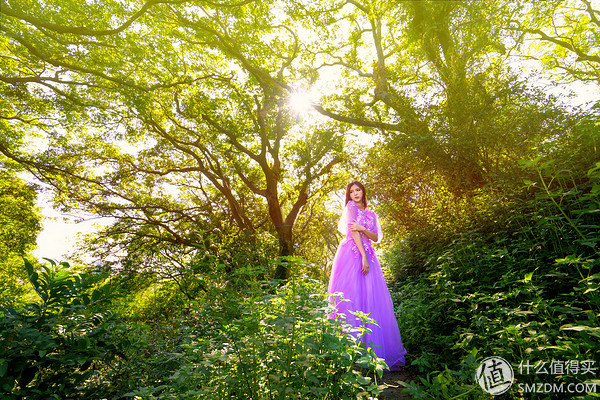
ILCE-7RM2 + FE16-35mm F4 ZA OSS 1/60S F6.3 ISO 200 16mm
The hottest summer in the south of August 2015 was 15:22 pm. The sun is poisonous and hot. Even if it is shaded by shade, it is still more massive. Models in the backlight environment are dark. At this time, a small flash can illuminate the model and instantly enhance the texture of the photo.
Seven, flash flash Dafa.The biggest drawback of a single light is that the light path is too direct and the shadow is too heavy, which is why people often say that the light is too hard. However, if you are indoors and use a white wall around for flash reflection, it is easy to take pictures with soft shadows or even shadows.
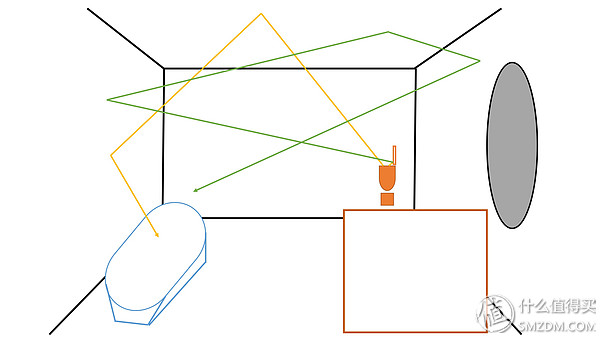
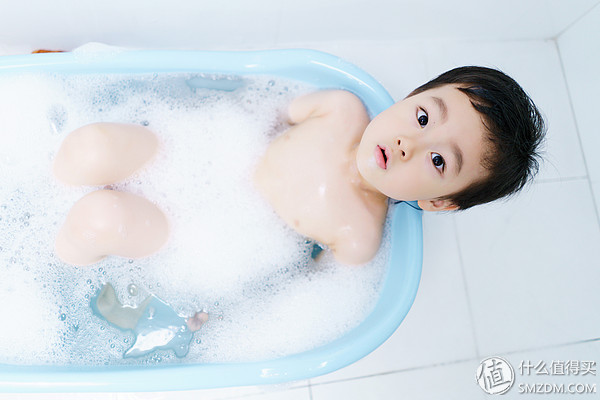
ILCE-7RM2 + FE28mm F2 1/250S F2.0 ISO 800
In the narrow space of the bathroom, using the flash to jump indefinitely, creating different angles of incidence, creating a soft light environment.
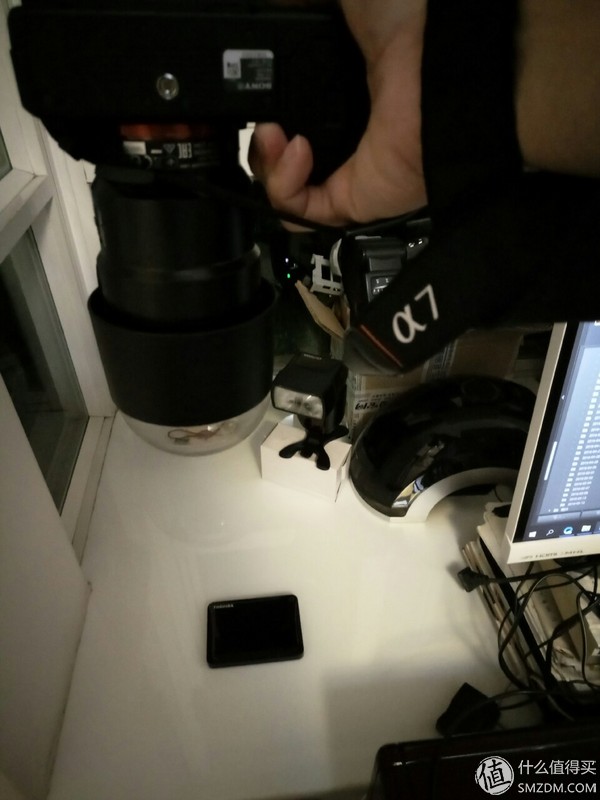
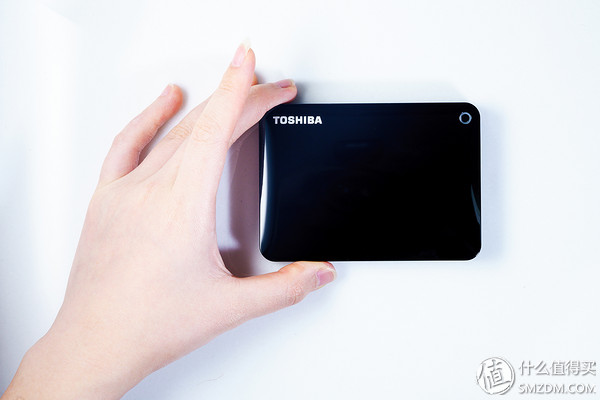
ILCE-7RM2+FE90mm F2.8 Macro G OSS 1/50s F16 ISO250
A small window sill, a flash of light, can also be used to create a studio shot product.
Eight, a single lamp handheld Dafa.The flash usage described above may either rely on tools or require the use of the environment. But sometimes the tools and environment do not allow it? So here to teach a big move, a single lamp handheld shooting Dafa. It is also the simplest and most flexible method that does not require helpers. It is especially suitable for daily shooting of a family. One person can easily handle the strobe of the flash.
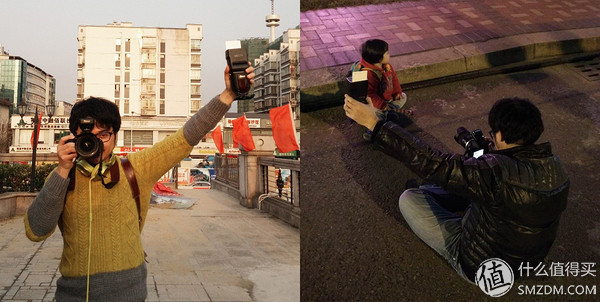
Seeing here, perhaps many people will immediately understand. Because of the various flashlight tutorials on this tactical network already mentioned, there may not be many people who actually put it into action, so let's look at the effect first.
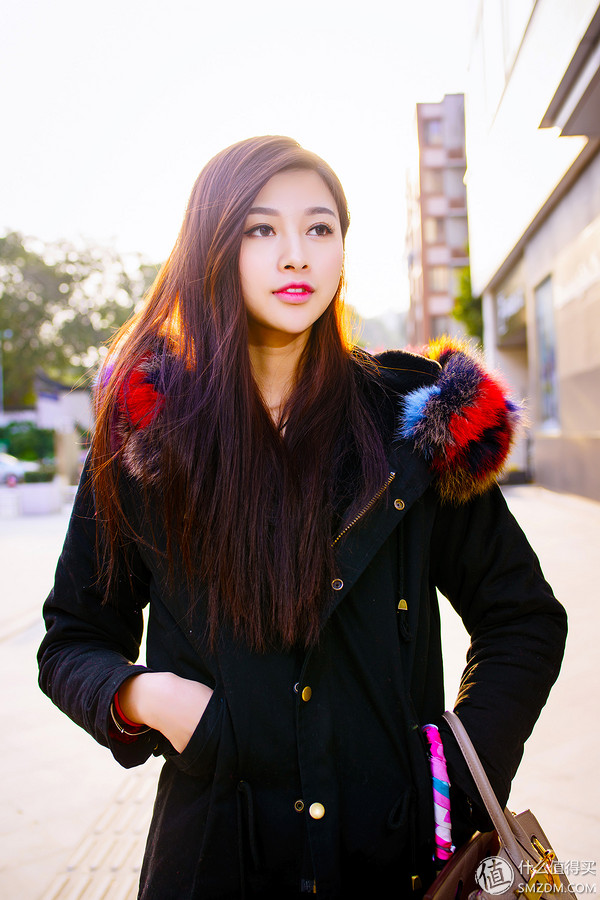
ILCE-7RM2 + Tamron 35mm F1.8 VC 1/250s F3.5 ISO 160
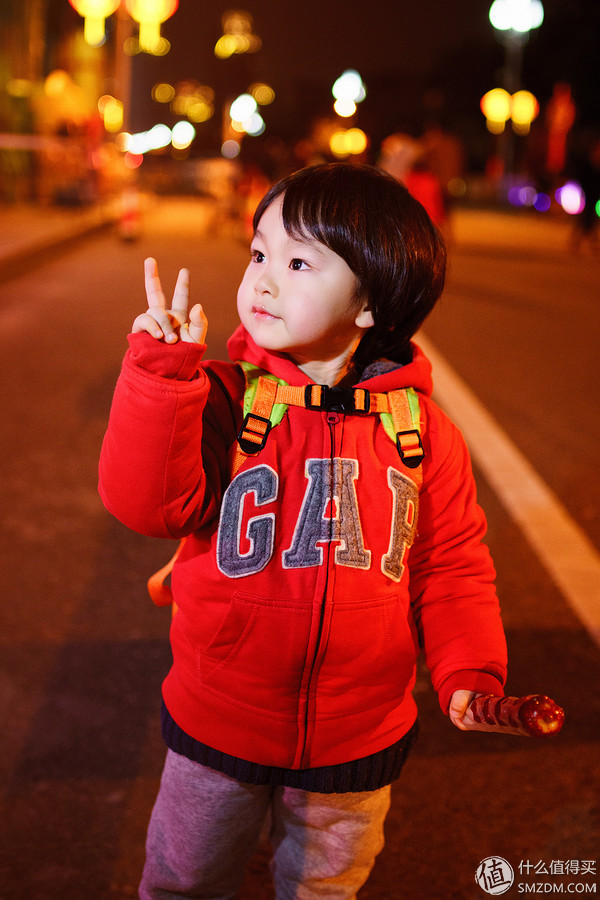
ILCE-7RM2 + Dragon 35mm F1.8 VC 1/125s F1.8 ISO 3200
A backlight, a night view, these two are typical cases of holding a single light off the flash. If you are proficient, you can lightly postpone it, and it doesn't matter if you don't even post JPG directly. Because as long as the early light texture is good, the photos will be very transparent, and can greatly enhance the direct effect.
Is it possible to shoot with the flash and the lens? Of course not. There are certain requirements for handheld devices and shooting techniques. Listen to me slowly:
1, the lens focal length should not be too long. It is best to use a 28, 35, 50, or 24-70 focal length range of the lens, too long focal length, such as the focal length of 85 or more, using a hand-held single lamp method is not easy to use. Because the focal length is too long, the distance between the subject and the subject is far away. The angle of the incident light is not much different from the overhead flash. Therefore, it is recommended to shoot at focal lengths of less than 85 degrees.
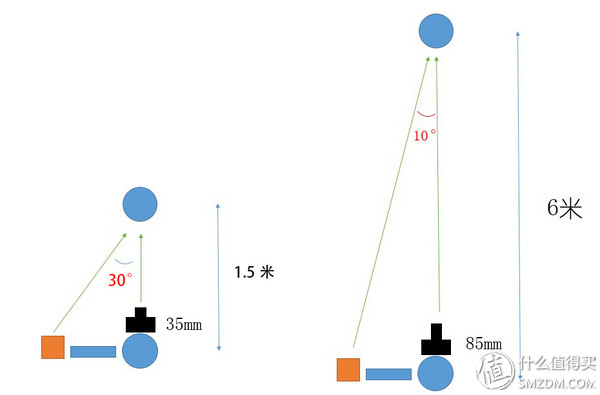
The subjects were estimated to be 3 and 1 meter children, and they were photographed with 85 and 35 focal lengths. Do not compare actual data and there must be errors. Mainly to illustrate that the longer the focal length, the smaller the incident angle of a single lamp.
2, the flash is best to have TTL. Many masters feel that TTL is not accurate and manual light is more accurate. However, in this single-lamp handheld application scenario, the distance between the flash and the subject is often changed due to various composition shots that are often full-body, half-length, and close-up. At this time, if the M-file is used, the output must be promptly output according to the shooting distance. Adjustments are very hard and inefficient. The posing model may have time to deal with it calmly, but if you take pictures of your own bear children, you may cry because a lot of time is spent on adjusting the output power of the flash. So using TTL is the most efficient, and TTL using machines with face recognition is the most efficient. Because face recognition is enabled, TTL metering must be based on the normal exposure of the face, so the success rate of TTL is the highest, and there is almost no situation of over-explosion or underexposure. For machines that do not have face recognition, please use spot test linkage. Measure the machines that are not linked, take a few more shots. In fact, the failure rate of TTL is not so terrible.
3, high-speed synchronization. Large aperture, high-speed shutter time to use, especially in the daytime when the backlight fills the light. However, if the flash does not support high-speed synchronization, it does not matter, because you can reduce the aperture, low ISO or add ND lens, to shutter speed to 1/250s below.
4, try to choose light equipment. Hot shoe, micro-single is the best choice. After all, holding a camera in one hand and holding a flash in one's hand still has certain requirements for arm strength. Of course, if you want to SLR + outdoor lighting is not impossible, the burden is relatively heavy, exercise well.
5, flash as far as possible to extend the arm, held high. The arm is stretched so that the light is incident at a greater angle as much as possible, so that the outline of the face will be a little more solid. To hold a head high, it is a bit higher than the subject's head. The same is true for the nose and other facial features.
6, when the night shooting flash output should not be too large, should take into account the impact of ambient light. Night shooting should fully consider the natural integration of the flash in the ambient light, should not be high-power output, the ambient pressure into a piece of black paint. This way, on the one hand, it can't reflect the colorful neon nightscape. On the other hand, it can make the light too stiff. So even if you use the flash, the surrounding environment is too dark, the ISO must brave to open, ISO3200 also do not hesitate. In this case, the flash output 1/128 is often over-exposure, so use the TTL as much as possible to obtain a lower output power than 1/128.
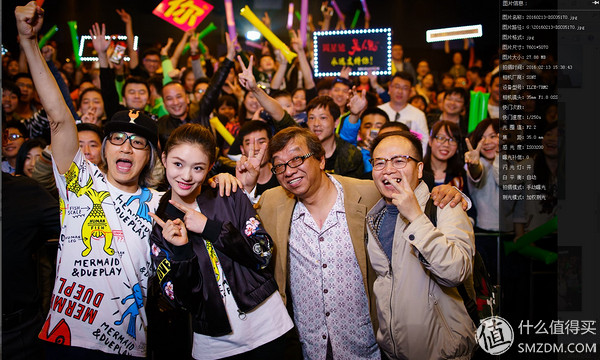
In this photo, because the light of the hot shoe doesn't shine too far, but in order to ensure that the audience behind the star too has enough exposure, I used ISO3200. The aperture is not fully open, only 2.2 was opened in order to ensure sufficient depth of field to accommodate the first row of mermaid crew. The shutter 1/250s is to freeze the moving picture fast enough. The photo uses the Sony A7R2, the only second-generation forward Tamron 35 1.8VC, the strobe Nissan DI700a, the flashlight Nissin air1, TTL mode. Holding a single light off the flash is particularly effective in dealing with this chaotic scene.
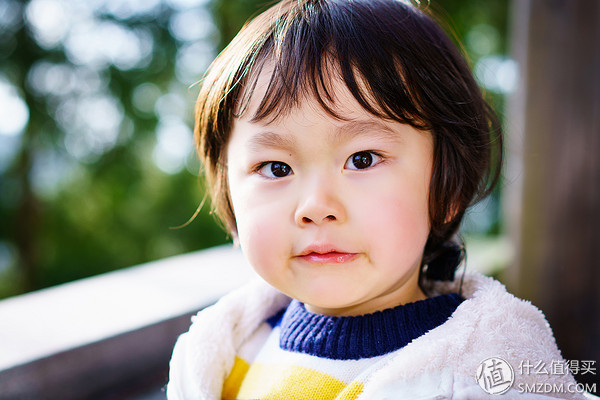
ILCE-7RM2 + FE55mm F1.8 ZA 1/250s F2.8 ISO100
When backlighting, use the flash built-in reflector to fill the light.
to sum up. Holding a single light flash from the law seems to be amateur, but flexible and suitable for individual combat. If it is used to pursue perfect light and shadow effects, this method is indeed a bargain. But victory is high efficiency, flexibility, and low barriers. A light, a mirror, you can walk away from the horizon, to meet a variety of shooting scenes. I think if we don't shoot commercials, it's enough for us to shoot everyday.
Written in the end. In fact, there are still many flash attachments not written, but the original intention of this article is also for lightness, one can easily complete the shooting. I think that if you count softboxes, reflectors, radomes, and accessories like the hive, it will make this strategy more and more complicated. Therefore, to simplify and simplify, the simplest, one person, one lamp, one mirror is enough. I hope everyone can enjoy the photography easily and happily, not the load bearing equipment.
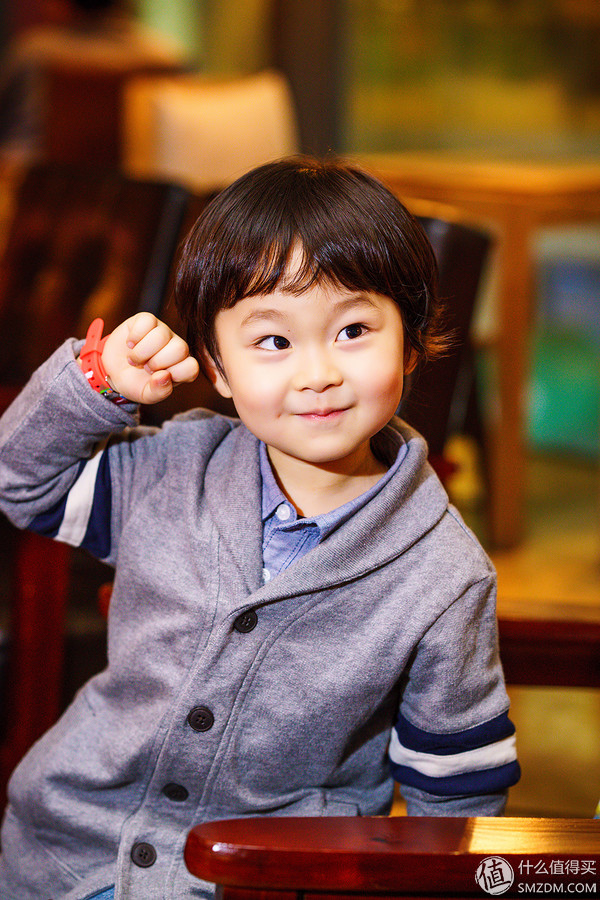
ILCE-7RM2 + FE85mm F1.4 GM 1/125S F2.8 ISO 3200
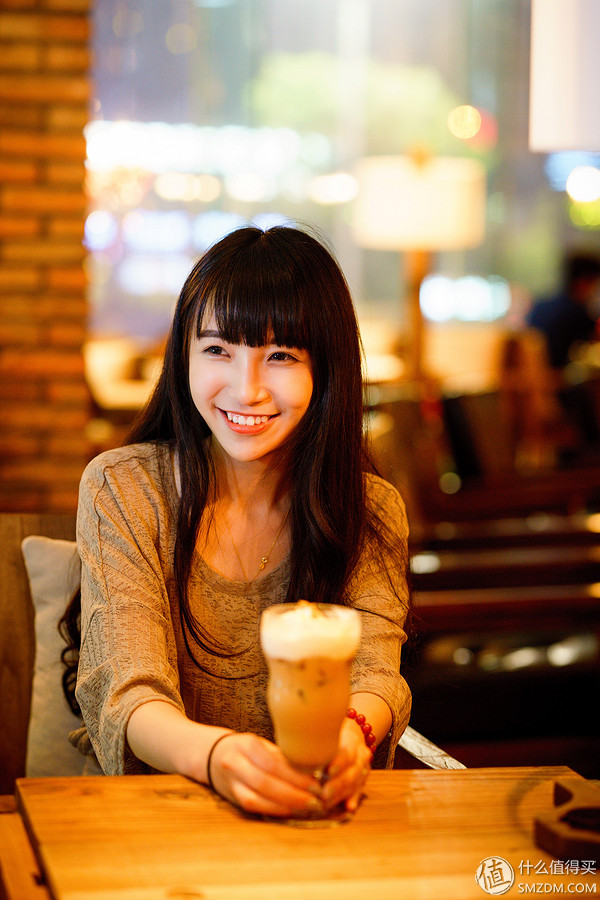
ILCE-7RM2 + FE85mm F1.4 GM 1/80S F2.2 ISO 2500
Reference link:
22V Detachable Plug Power Adapter
22V Plug in wall charger with interchangeable plugs was wildly used for tablet, bluetooth speaker, massage chair, humidifier, juice extractor, coffee machine, small household appliance, fingerprint scanner, CCTV camera-etc. For this 22V detachable plug power adapter, there are 6 different plugs types –Chinese plug, US plug, European Union plug, Korea plug, Australia plug and UK plug,you can only take one 22V plug in wall power adapter with you when you traveling among these 6 countries/regions. And we can also make more plugs if you tell us your specific requirement.
All our 22V wall mount Detachable Plug Power Adapter were get through 100% full-load burning test for at least 2 hours, and 3000Vac withstanding voltage test for 1 minutes.
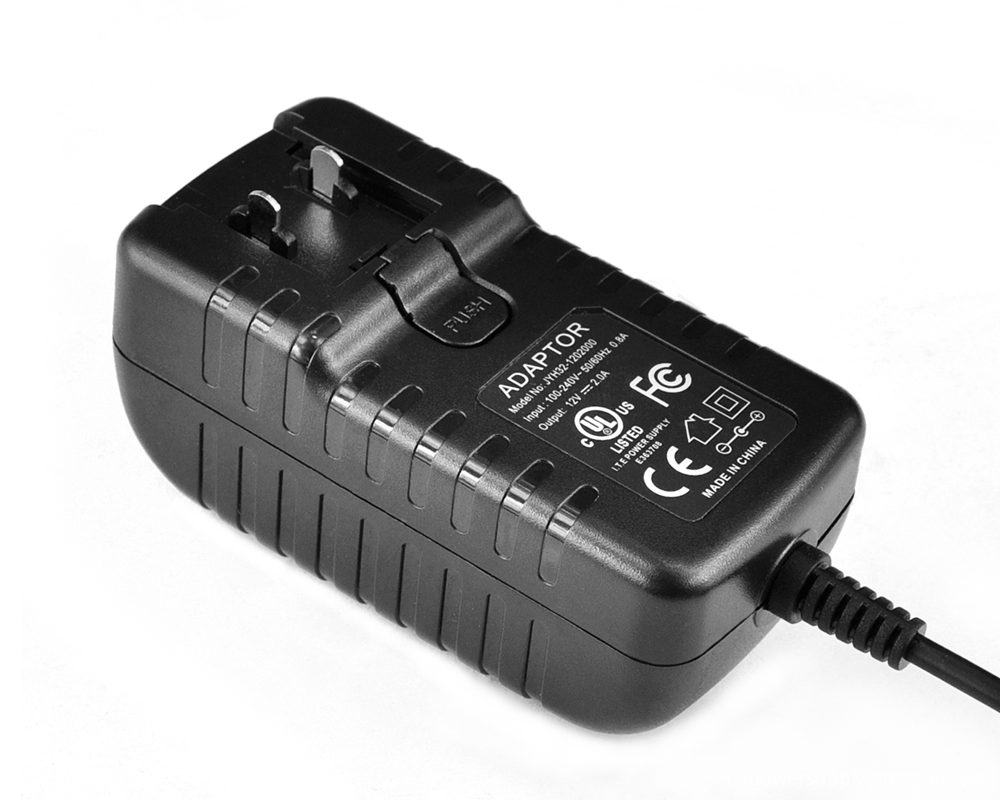
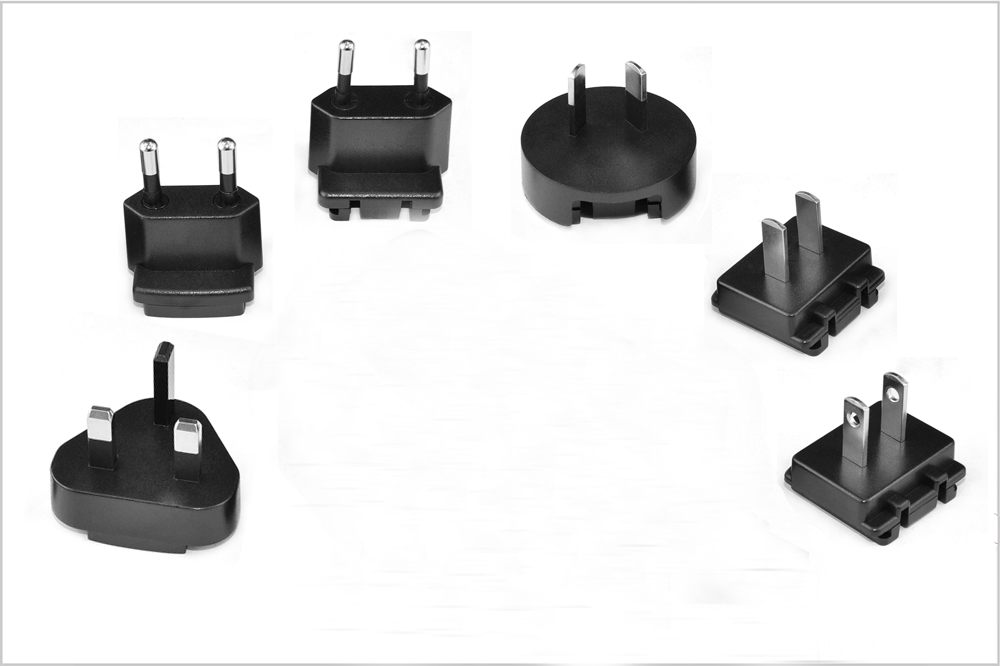
22V Detachable Plug Power Adapter,Ul Detachable Plug Power Adaptor, 22V Adapter For Detachable Plug Power
Shenzhen Juyuanhai Electronic Co., Ltd. , https://www.powersupplycn.com